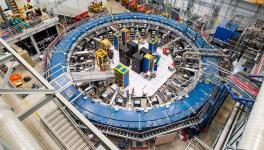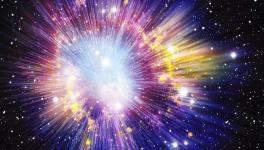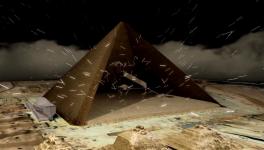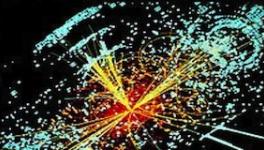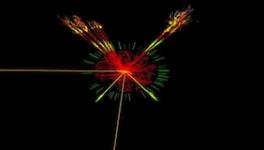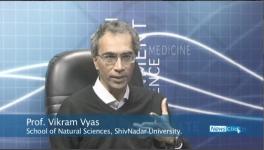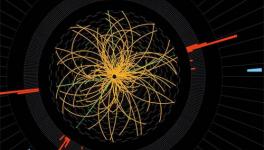Higgs Boson Decay Recorded: A Step Forward in the Confirmation of Theoretical Predictions
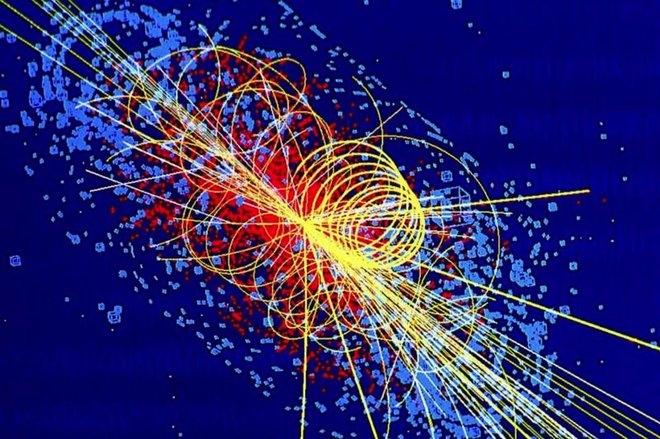
What makes up everything in the universe? Physicists would explain it in terms of fundamental particles and the interactions among them which are governed by the fundamental forces. One such fundamental particle, the Higgs boson, was discovered in 2012. And now after six years since its discovery, particle physicists could record the way Higgs boson decays. The finding obtained from the Large Hadron Collider (LHC) has been declared by CERN. The new finding steps forward in confirming the theoretical predictions made about Higgs boson back in 1964.
The Higgs boson, as reported, decays into a particle called a bottom quark and its antimatter counterpart, an antibottom quark. A subatomic particle, Higgs boson weighs as much as 130 protons and exists in the boson form only for a while, almost 10 trillionth of a nanosecond. Theoretical predictions said that a Higgs boson should exist 60 per cent of the time in the form of its bottom-anti bottom quark pairs. But recording this phenomenon had been a massive task to be accomplished.
Inside the LHC, the world’s largest particle collider, proton beams, travelling almost at the speed of light, are collided with each other. Bottom quark pairs are also produced in such proton-proton collisions. Hence, to identify the bottom quark pairs produced by Higgs boson decay becomes problematic. This noisy background is responsible for the difficulty in recording Higgs boson decays. Thanks to the scientists at CERN, who developed methods of complex analysis of the signals from the LHC and made the detection of Higgs boson decay possible.
The fundamental particles are those particles that can’t be divided further into smaller entities. The various combinations among them make up everything in the universe. The particles that are considered fundamental are the quarks and the bosons. Higgs boson belongs to the boson family. There is an interesting fact about the name ‘boson’. It has been named in honour of the Indian physicist Satyendra Nath Bose, who, along with Einstein, developed the Bose-Einstein statistics. The Bose-Einstein statistics is essential in understanding the characteristics of the fundamental particles.
The existence of Higgs boson was predicted by Peter Higgs along with six other scientists in the year 1964. These predictions were made within the realm of the standard model of particle physics. The standard model is a theoretical framework that encapsulates the relation between the building blocks (fundamental particles) of the universe and the forces that govern them. The existence of the Higgs boson in the form of bottom and anti-bottom quark pairs (decay of Higgs boson) in almost 60 per cent of the time was also a prediction made by the standard model. Now that the decay of the Higgs boson is recorded, it will be interesting to see whether the decay rates match with the theoretical predictions. If the recorded decay rates don’t match the theoretically predicted values, then it will open up the possibilities of discovering new fundamental particles in future.
Get the latest reports & analysis with people's perspective on Protests, movements & deep analytical videos, discussions of the current affairs in your Telegram app. Subscribe to NewsClick's Telegram channel & get Real-Time updates on stories, as they get published on our website.









